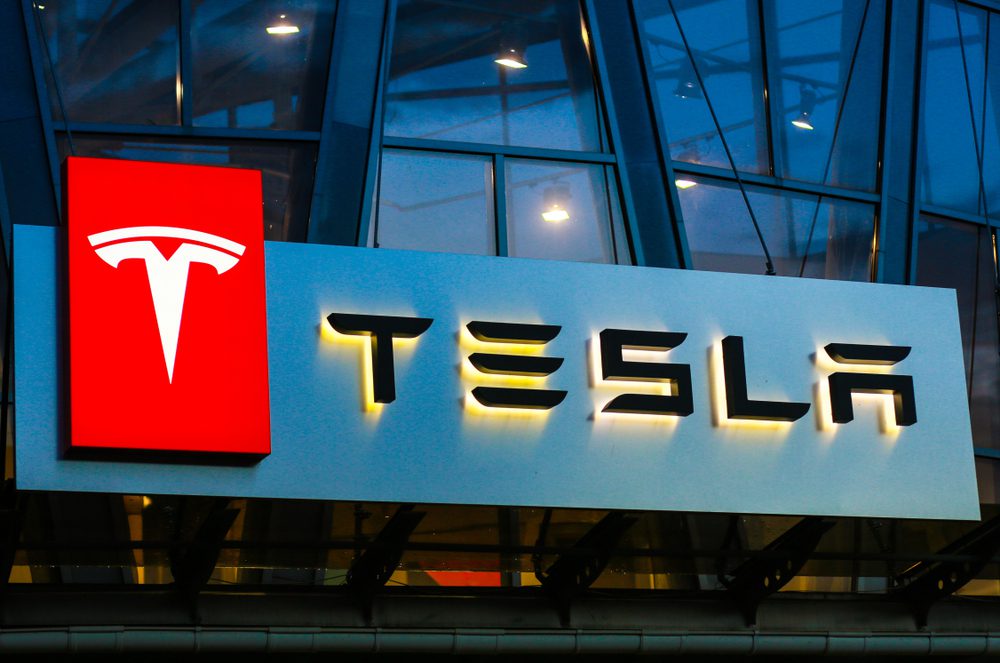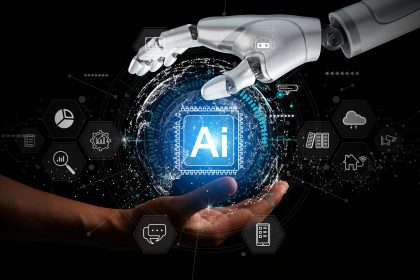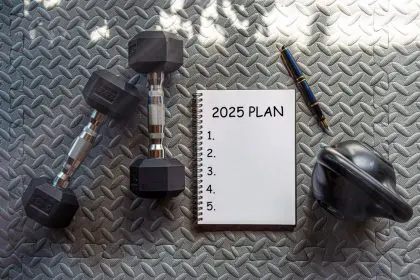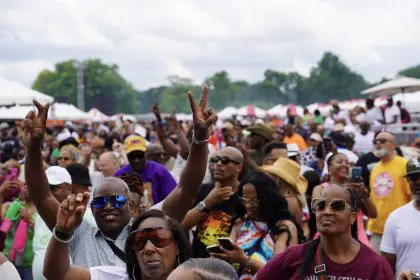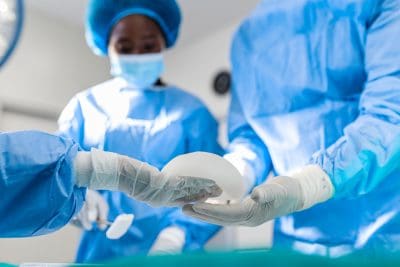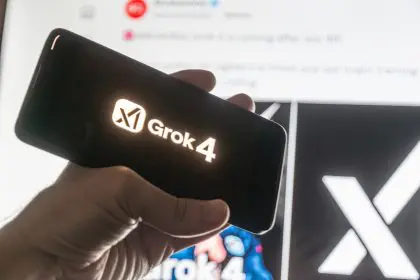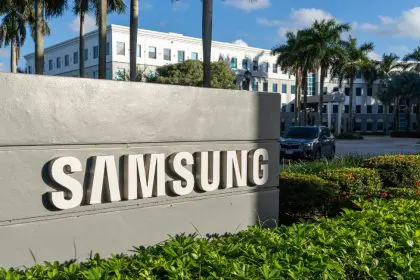Tesla officially launched its driverless robotaxi service in Austin, Texas, on Sunday, marking what CEO Elon Musk described as the “culmination of a decade of hard work.” The long-anticipated rollout of autonomous vehicles has sparked renewed investor enthusiasm, with Tesla shares rising modestly in Monday premarket trading as the company takes its boldest step yet toward transforming from automaker to mobility service provider.
The Austin pilot program allows passengers to summon fully autonomous Tesla vehicles using the Tesla app, with no human drivers behind the wheel. These vehicles rely entirely on Tesla’s proprietary Full Self-Driving software, which Musk has long promoted as key to the company’s future revenue streams and market dominance.
This launch represents more than just a technological milestone – it’s Tesla’s most tangible move toward unlocking billions in recurring revenue from ride-hailing and urban transport services that could fundamentally change how the company makes money.
The service mechanics that could reshape transportation
The Austin pilot currently operates with approximately 150 autonomous Model Y units equipped with Tesla’s latest FSD hardware, serving select zones throughout the city. These vehicles can function continuously for up to 20 hours daily with minimal maintenance, potentially operating at significantly lower cost-per-mile than traditional rideshare services.
Tesla hasn’t disclosed pricing publicly, but analysts expect the service to undercut Uber and Lyft substantially while generating higher profit margins due to eliminating driver costs. The vehicles feature 360-degree vision systems, neural net-trained navigation, and backup remote monitoring for safety oversight.
The technology represents years of data collection from Tesla’s existing fleet, with millions of miles of real-world driving data training the artificial intelligence systems that now navigate Austin’s streets without human intervention.
The market transformation that has investors excited
Analysts at Wedbush Securities called the rollout a “watershed moment” for Tesla’s business model evolution. Dan Ives projected that if the service scales effectively across key U.S. metro areas, Tesla’s market cap – which recently crossed the $1 trillion mark – could double to $2 trillion by the end of 2026.
This optimism stems from the recurring revenue potential of mobility services compared to one-time vehicle sales. Instead of selling cars to customers, Tesla could generate ongoing income from every ride, creating a subscription-like business model that Wall Street typically values more highly than traditional manufacturing.
The robotaxi service also positions Tesla to capture value from the entire transportation experience rather than just vehicle manufacturing, potentially competing directly with established ride-hailing companies while leveraging Tesla’s technological advantages.
The safety questions that could derail everything
Despite early positive consumer response in Austin, with users posting footage of smooth rides and surprisingly human-like driving behavior, significant skepticism remains about deploying fully driverless vehicles on public roads. Critics question whether Tesla’s FSD system has sufficient real-world training to handle unpredictable urban conditions and emergency scenarios.
Mobility experts at MIT have noted that while this represents a bold step forward, safety incidents or regulatory pushback in even one city could derail the rollout’s momentum. The stakes are particularly high because any serious accidents involving driverless vehicles could trigger regulatory crackdowns that might halt expansion plans.
Tesla’s approach differs from competitors like Waymo, which has used more conservative rollout strategies with extensive safety testing and gradual service area expansion. Tesla’s faster deployment schedule reflects confidence in its technology but also increases risk exposure.
The expansion strategy that depends on regulatory approval
While Tesla hasn’t announced specific timelines for service expansion, sources close to the company indicate that Los Angeles, Miami, and Phoenix are on the shortlist for upcoming rollouts. However, expansion depends heavily on securing regulatory approval in each jurisdiction, which could prove challenging given varying state and local attitudes toward autonomous vehicles.
The regulatory landscape for driverless vehicles remains fragmented, with different states having different requirements for testing, deployment, and operation of autonomous vehicles. This patchwork of regulations could slow Tesla’s expansion plans or require modifications to the service model in different markets.
Success in Austin could provide valuable data and credibility for regulatory discussions in other cities, but setbacks could make expansion significantly more difficult and expensive.
The competitive response that’s already forming
Tesla’s robotaxi launch is likely to accelerate competitive responses from both traditional automakers and existing ride-hailing companies. Uber and Lyft are already developing their own autonomous vehicle partnerships, while companies like General Motors and Ford are investing heavily in self-driving technology.
The first-mover advantage in robotaxi services could be substantial, particularly in establishing customer habits and capturing market share before competitors can deploy their own autonomous fleets. However, Tesla’s success will depend on execution quality and avoiding the safety or operational problems that could give competitors opportunities to position themselves as safer alternatives.
The broader implications extend beyond just ride-hailing, potentially affecting urban planning, parking demand, vehicle ownership patterns, and public transportation systems as autonomous mobility services become more prevalent.
The timeline that will determine Tesla’s future
The next 12-18 months will be crucial for determining whether Tesla’s robotaxi ambitions become reality or remain experimental technology. Successful operation in Austin without major incidents could accelerate expansion plans and investor confidence, while problems could force a more cautious approach.
Tesla’s ability to scale the service profitably while maintaining safety standards will ultimately determine whether this launch represents a genuine business model transformation or an ambitious experiment that needs more development time.

